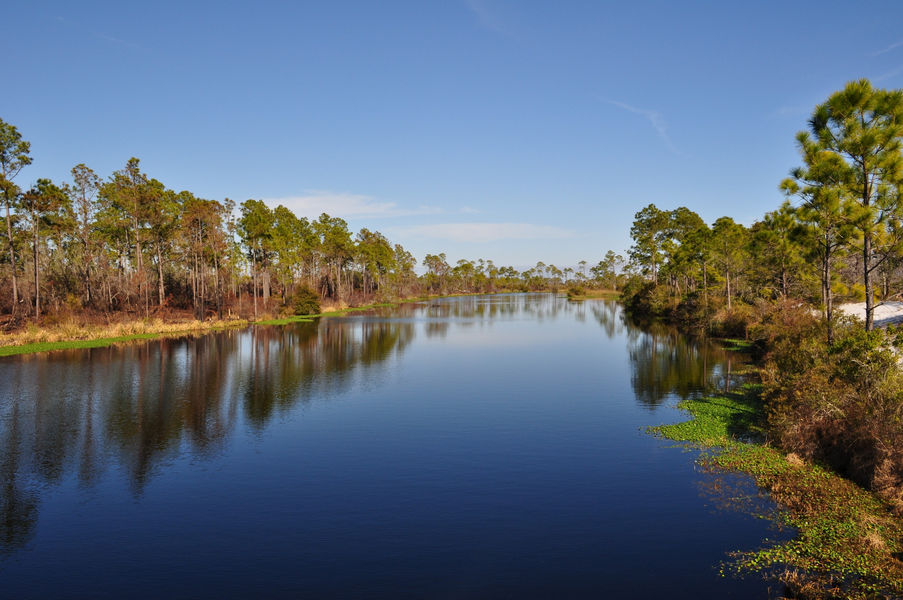What Are They?
Tar balls are fragments or lumps of oil weathered to a semi-solid or solid consistency, feel sticky, and are difficult to remove from contaminated surfaces. They are formed through the combining of viscous hydrocarbons with debris that is present in the water column. They range in size from a pinhead to approximately 30 centimeters in diameter.
Where Do They Come From?
The source is generally believed to originate from offshore petroleum production, drilling, and marine transportation discharges, which includes vessels pumping bilges and tank cleaning. However, natural seepage from the ocean floor is also considered a source.
Why Do You See Them More Often On The East Coast Of Florida?
Tar ball concentrations will vary widely from the eastern Gulf of Mexico to the Atlantic Ocean and tend to decrease during the fall and winter months. The likelihood of weathered oil washing ashore on the west coast of Florida is relatively low. Wind and predominately conducive current conditions control the probability and tar balls generally sink to the sea bottom or drift.
The loop current waters in the Straits of Florida flow in close proximity to the southeast Florida coastline. These currents can move high concentrations of weathered oil onshore.
Are They Harmful?
Tar balls are a nuisance. If you walk barefoot on the beach in the impacted areas, you may ultimately find tar residue on your feet.
How Do You Remove Tar From Your Skin?
Rinse the affected area with fresh water, scrap off the excess tar from your skin and apply a grease removing agent or mineral oil. Rinse again with fresh water.
Can They Be Removed From The Beaches?
Local governments that have designated clean up crews remove the tar balls when cleaning the beaches. Because of the recurring nature, it is thought that removal is best handled through these routine beach clean up programs.
It is the policy of the state and federal government not to expend funds for cleaning up minimal amounts of tar balls from Florida's beaches. However, if tar balls present an environmental threat, funds may be used from the states Coastal Protection Trust Fund for clean up.


